The Best Timber For Raised Beds
The Best Timber for Raised Beds
Raised beds are a great way to improve your gardening productivity and enjoyment. They can help to improve drainage, aerate the soil, and extend the growing season. But what kind of timber should you use to build your raised beds?
In this blog post, we will discuss the best timber for raised beds, as well as some of the factors you should consider when making your decision.
Factors to Consider When Choosing Timber for Raised Beds
There are a few factors you should consider when choosing timber for raised beds:
- Durability: The timber you choose should be durable enough to withstand the elements and the weight of the soil and plants.
- Resistivity to rot and decay: The timber you choose should be resistant to rot and decay, so that it will last for many years.
- Price: The cost of timber can vary depending on the type and quality of the wood.
- Appearance: The timber you choose should complement the look of your garden.
Types of Timber for Raised Beds
There are a number of different types of timber that are suitable for raised beds. Some of the most popular options include:
- Cedar: Cedar is a naturally rot-resistant wood that is known for its durability and longevity. It is also relatively easy to work with.
- Redwood: Redwood is another naturally rot-resistant wood that is known for its beauty and strength. It is more expensive than cedar, but it is also a longer-lasting option.
- Pressure-treated wood: Pressure-treated wood is treated with chemicals to make it resistant to rot, decay, and insect damage. It is a cost-effective option, but it is important to note that the chemicals used in pressure treatment can leach into the soil and contaminate your plants.
- Hemlock: Hemlock is a softwood that is known for its strength and durability. It is also relatively affordable.
- Pine: Pine is another softwood that is a good option for raised beds. It is less expensive than cedar or redwood, but it is not as durable.
How to Build a Raised Bed
Once you have chosen the type of timber you want to use, you can start building your raised bed. Here are the basic steps involved:
- Choose a level spot in your garden.
- Mark out the dimensions of your bed.
- Dig out the soil to the desired depth.
- Add a layer of gravel or sand to the bottom of the bed.
- Lay the timber in place and secure it with screws or nails.
- Fill the bed with soil and plant your favorite plants.
Conclusion
Building a raised bed is a great way to improve your gardening productivity and enjoyment. By choosing the right type of timber and following the basic steps involved in construction, you can create a raised bed that will last for many years to come.
Are you looking for the perfect timber for your raised beds? If so, you've come to the right place! Garden Wiki is a comprehensive resource that provides all the information you need to choose the right timber for your needs.
From cedar and redwood to hemlock and pine, Garden Wiki has a wide variety of timbers to choose from. They also offer a variety of helpful resources, such as articles, videos, and calculators, to help you make the best decision for your raised beds.
In addition to their extensive selection of timbers, Garden Wiki also offers a variety of other products and services, such as raised bed kits, soil amendments, and gardening tools. So whether you're a seasoned gardener or just getting started, Garden Wiki has everything you need to get your raised bed garden off to a great start.
FAQ of timber for raised beds
- What is the best type of timber for raised beds?
There are many different types of timber that can be used for raised beds, but some of the most popular options include cedar, redwood, and pressure-treated pine. Cedar and redwood are naturally rot-resistant, making them a good choice for raised beds that will be exposed to the elements. Pressure-treated pine is also rot-resistant, but it may contain chemicals that can leach into the soil. If you are concerned about chemicals in your soil, you may want to choose cedar or redwood instead.
- How long will a raised bed made of timber last?
The lifespan of a raised bed made of timber will depend on the type of wood used and the conditions in which it is exposed. Cedar and redwood can last for 15 years or more, while pressure-treated pine may only last 5-7 years. If you live in an area with extreme weather conditions, such as high humidity or frequent flooding, your raised bed may not last as long.
- What are the pros and cons of using untreated timber for raised beds?
Untreated timber is a good choice for raised beds if you are concerned about chemicals leaching into the soil. However, untreated timber is more susceptible to rot and pests. If you choose to use untreated timber, you will need to treat it with a preservative to extend its lifespan.
- What are the pros and cons of using pressure-treated timber for raised beds?
Pressure-treated timber is rot-resistant and insect-resistant, making it a good choice for raised beds that will be exposed to the elements. However, pressure-treated timber may contain chemicals that can leach into the soil. If you are concerned about chemicals in your soil, you may want to choose untreated timber instead.
- What are some other materials that can be used for raised beds?
In addition to timber, there are a number of other materials that can be used for raised beds, such as concrete, bricks, rocks, and plastic. Concrete and bricks are very durable, but they can be difficult to work with and can be expensive. Rocks and plastic are less expensive and easier to work with, but they may not be as durable as concrete or bricks.
Image of timber for raised beds
- Cedar: Cedar is a naturally rot-resistant wood that is perfect for raised beds. It is also insect-resistant and has a pleasant cedar scent.
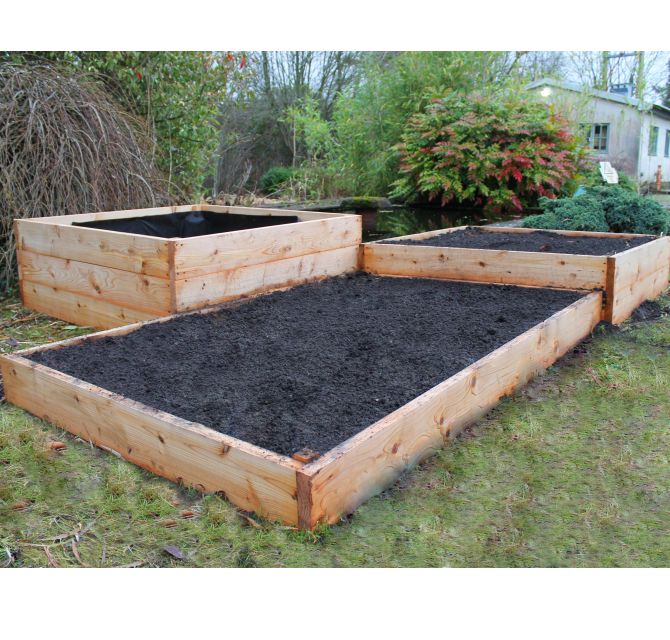
- Pressure-treated lumber: Pressure-treated lumber is treated with chemicals to make it resistant to rot, insects, and decay. It is a good option for raised beds in areas with wet soil or high insect activity.
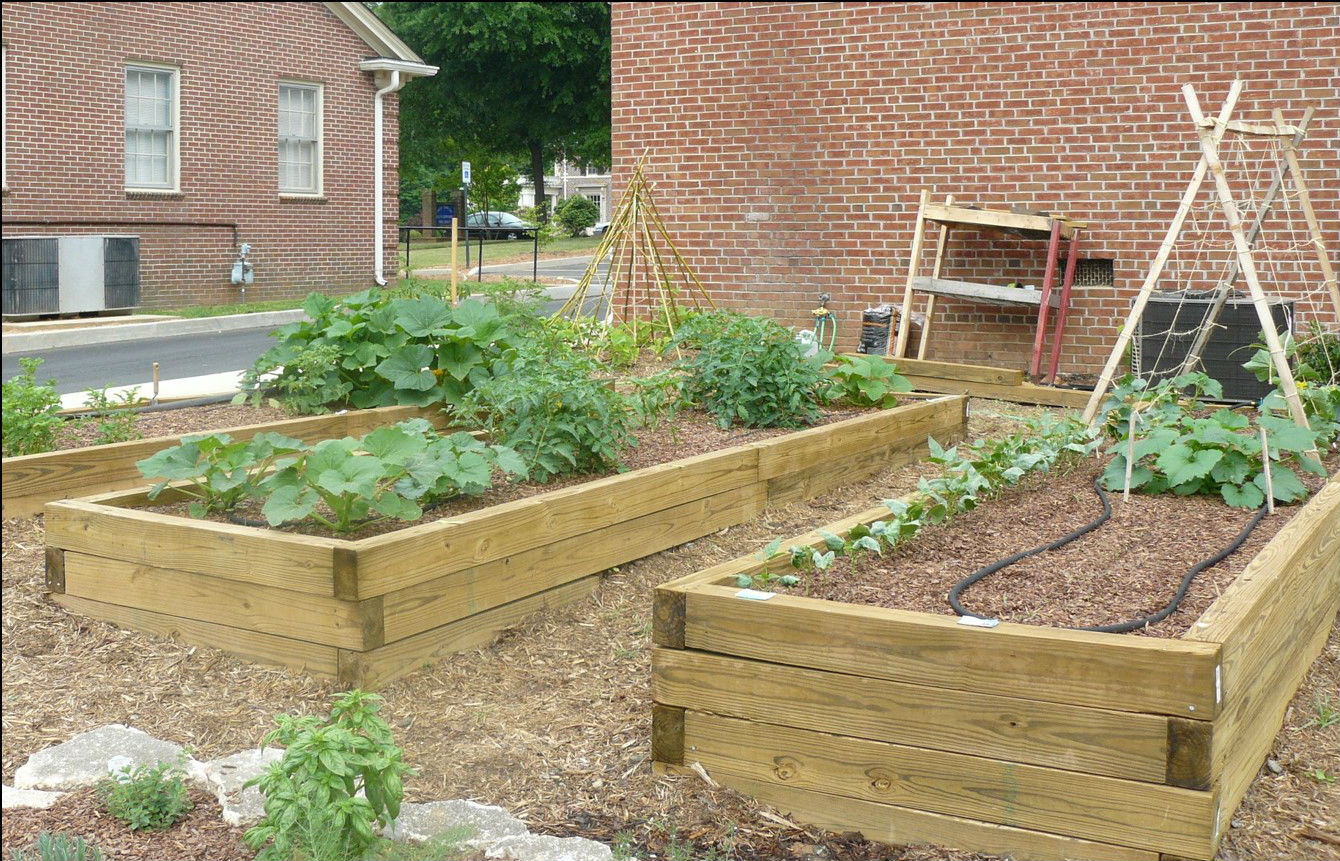
- Redwood: Redwood is another naturally rot-resistant wood that is often used for raised beds. It is also very durable and can withstand harsh weather conditions.
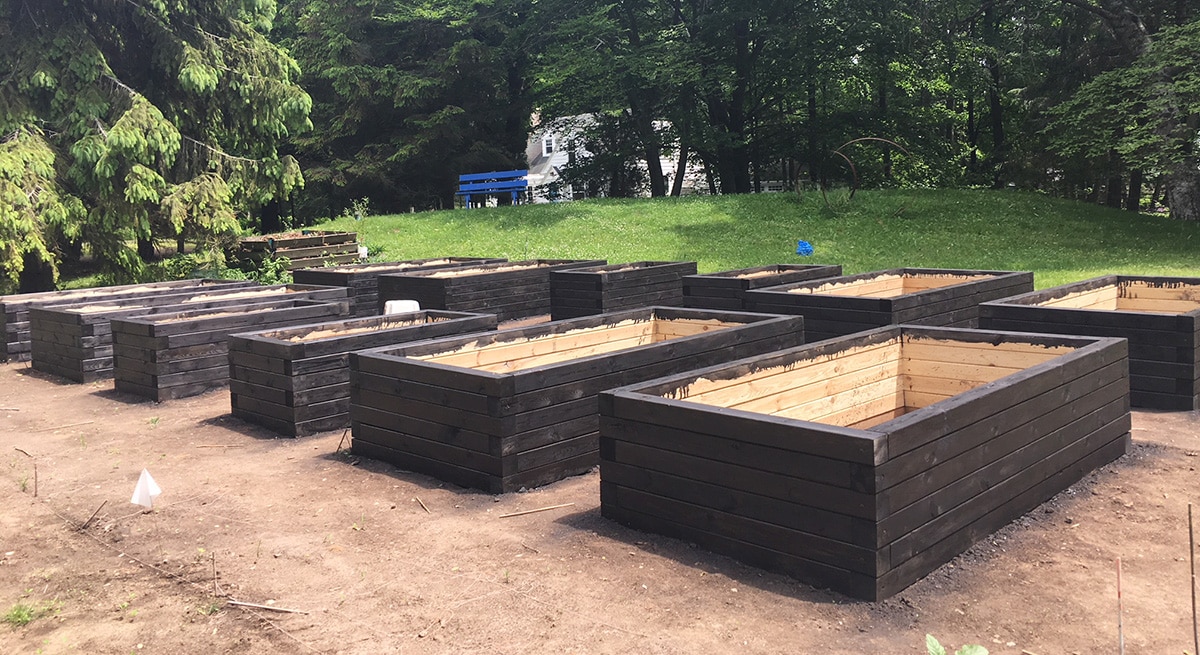
- Pine: Pine is a less expensive option for raised beds. It is not as rot-resistant as cedar or redwood, but it can be treated with a wood preservative to extend its lifespan.
- Hemlock: Hemlock is a softwood that is similar to pine in terms of price and durability. It is also naturally rot-resistant and can be treated with a wood preservative.
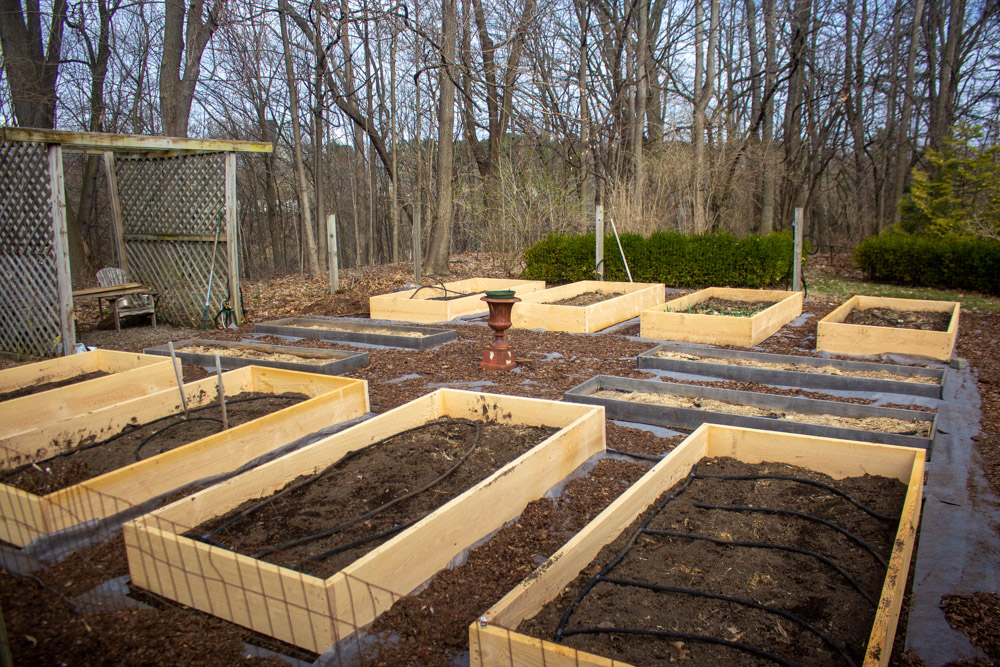
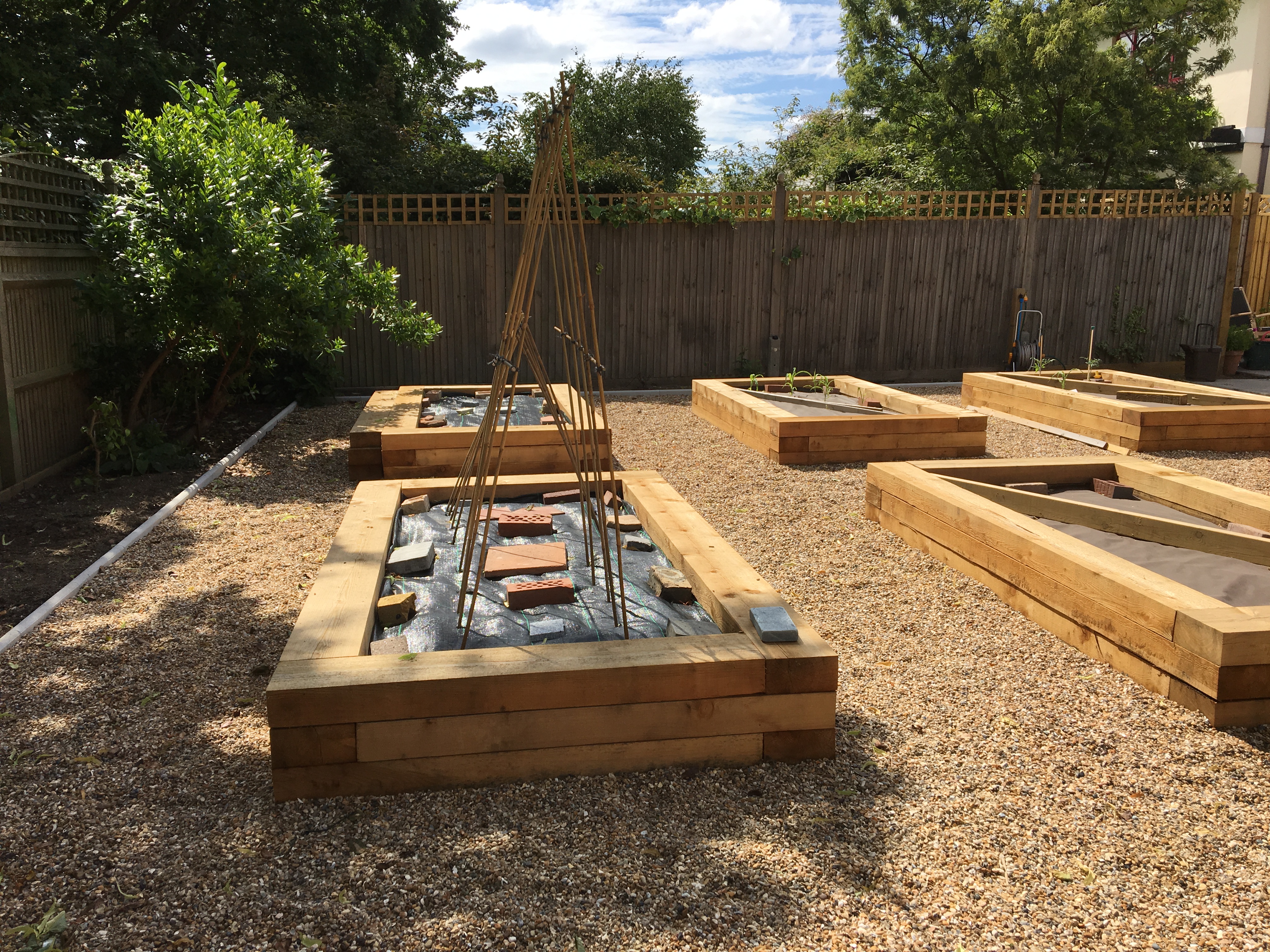
Post a Comment for "The Best Timber For Raised Beds"